Wheeler, B. L., & Murphy, K. M. (Eds.). (2016). Music Therapy Research (3rd ed.). Dallas, TX: Barcelona Publishers.
Reviewer: Alison Talmage
MMusTher (Hons), MEd, PGCertHealSc (Adv Psychotherapy Practice),
PGCertHealSc (Clinical Supervision), BA (Hons), NZ RMTh
Music therapy research is a complex, expanding field, encompassing a remarkable choice of methodologies and methods. Over the years, I gained much from the previous edition of this book, and I warmly welcome the ambitious scope of this 758-page third edition and the companion volume, An Introduction to Music Therapy Research (Wheeler & Murphy, 2016). This time Barbara Wheeler has collaborated with a co-editor (Kathleen Murphy) and there are significant contributions from Ken Bruscia and many distinguished, international authors. In a lively interview with Daphne Rickson, Wheeler has expressed a justifiable satisfaction in enthusing and educating the music therapy profession about research (Wheeler & Rickson, 2017).
I have explored these books slowly, taking time to delve into each section – admittedly with some chapters still remaining to be read! The research terminology has been updated, with a focus on the value of both “objectivist” and “interpretivist” approaches, rather than a quantitative/qualitative divide, and an extensive glossary is a helpful addition to both books. For students and other new researchers, An Introduction to Music Therapy Research is an accessible introductory text, containing 20 chapters of Music Therapy Research (3rd ed.), with additional chapters by Ken Bruscia providing an overview of objectivist and interpretivist research designs.
Music Therapy Research (3rd ed.) offers additional, in-depth chapters, and I will focus on this book in the remainder of the review. The book is well organised into nine sections (“units”, each containing several chapters). Unit One (“Introduction”) highlights historical perspectives and relationships between research, practice and theory, and Unit Two (“Preparations”) the broad issues of research topics, literature reviews, ethics, multicultural contexts, interprofessional collaborations, and funding. I encourage readers to absorb and reflect on these “big picture” chapters before plunging into the detail specific approaches.
Of particular interest to me were the two chapters discussing the interrelationship of music therapy research, practice and theory –encompassing a balanced critique of the benefits and challenges of both objectivist and interpretivist research, the task of bridging practice and research, and the relevance of both external and grounded theories (Chapter 3 by Baker & Young; and Chapter 4, by Amir, LaGasse, & Crowe). Baker and Young emphasise that music therapy began as “a practice-based discipline thanks to the pioneering clinical work of practitioners” (p. 26). They encourage researchers to continue to honour the context and lived experience of practitioners and participants, and not only the preferred methods of current evidence-based practice (such as randomised controlled trials). As journal editor, I welcome this encouragement to value and publish different voices exploring and reflecting on our eclectic professional practice in Aotearoa New Zealand.
Merrill illustrates the history of music therapy research through the metaphor of a river, with its headwaters, tides, currents, confluence and broadening delta (Chapter 2). North America, Europe, Latin America and Asia all feature, along with an acknowledgement that language barriers sometimes limit international dissemination. I was disappointed not to see mention here of the University of Melbourne’s National Music Therapy Research Unit (NaMTRU1) although Australia and New Zealand research feature elsewhere in the book. In this context, I note that the geographical spread of contributing authors has expanded considerably in this edition; however, almost two-thirds of authors are from the United States (based on current location, which in some cases differs from nationality). Of the others, approximately one quarter are European, with some from Australia, Canada and Korea, and one from New Zealand (Sarah Hoskyns’ chapter about thematic analysis). Additional international research vignettes are incorporated into many chapters –including New Zealand research, particularly in Stige and McFerran’s overview of action research (Chapter 39).
I welcome Merrill’s suggestion that research cultures in Asian countries might be well positioned to draw on both indigenous knowledge frameworks and contemporary western concepts -this resonates well in contemporary Aotearoa New Zealand, with our bicultural and multicultural context and values. Multicultural issues are further addressed by Kim and Elefant (Chapter 8):
Engaging in research is ultimately a multicultural act that involves intra-and interpersonal levels of work including individuals and their community within cultural contexts. In this collaborative act, researchers need to come with the authentic intent of wanting to learn from the participants and their community. […] just as culture permeates through all dimensions of life, it inherently becomes impossible to ignore culture when conducting research.
(p. 81)
Unit Three (“Foundations and Principles”) clarifies the philosophies guiding “objectivist” and “interpretivist” research, with subsequent units and chapters expanding on these and describing specific approaches and research designs. James Hiller (2016) clearly defines and discusses ontology, epistemology, axiology and methodology, difficult concepts for some beginner researchers. He encourages researchers and authors to be explicit about their stance, and offers music therapy research examples to illustrate diverse paradigms (positivism, post-positivism, constructivism, social constructionism, phenomenology and hermeneutics) rather than favouring any particular stance.
Further individual chapters discuss specific methodological issues and research design within objectivist (Units Four and Six) and interpretivist approaches (Units Five and Seven). Unit Eight surveys “other types of research”: objectivist and interpretivist approaches to micro analysis; mixed methods research; reviews and meta-analyses; historical research; and philosophical inquiry. Evaluation and publication are addressed in Unit Nine. It is beyond the scope of this review to do justice to each of the topics and authors.
I highly recommend these books to students, researchers and tertiary educators. They contain a wealth of expertise, demystify complex concepts, and offer guidance across the spectrum of approaches. Both electronic and hard copy formats are available from the publisher: barcelonapublishers.com. The editors have ensured readability, while honouring individual authors’ writing styles. It is exciting to anticipate the positive impact of these books, in terms of enabling creative, innovative, reflexive and culturally responsive research.
Note:
- http://mcm.unimelb.edu.au/research/national-music-therapy-research-unit
References: See full journal.
Download Full Journal


